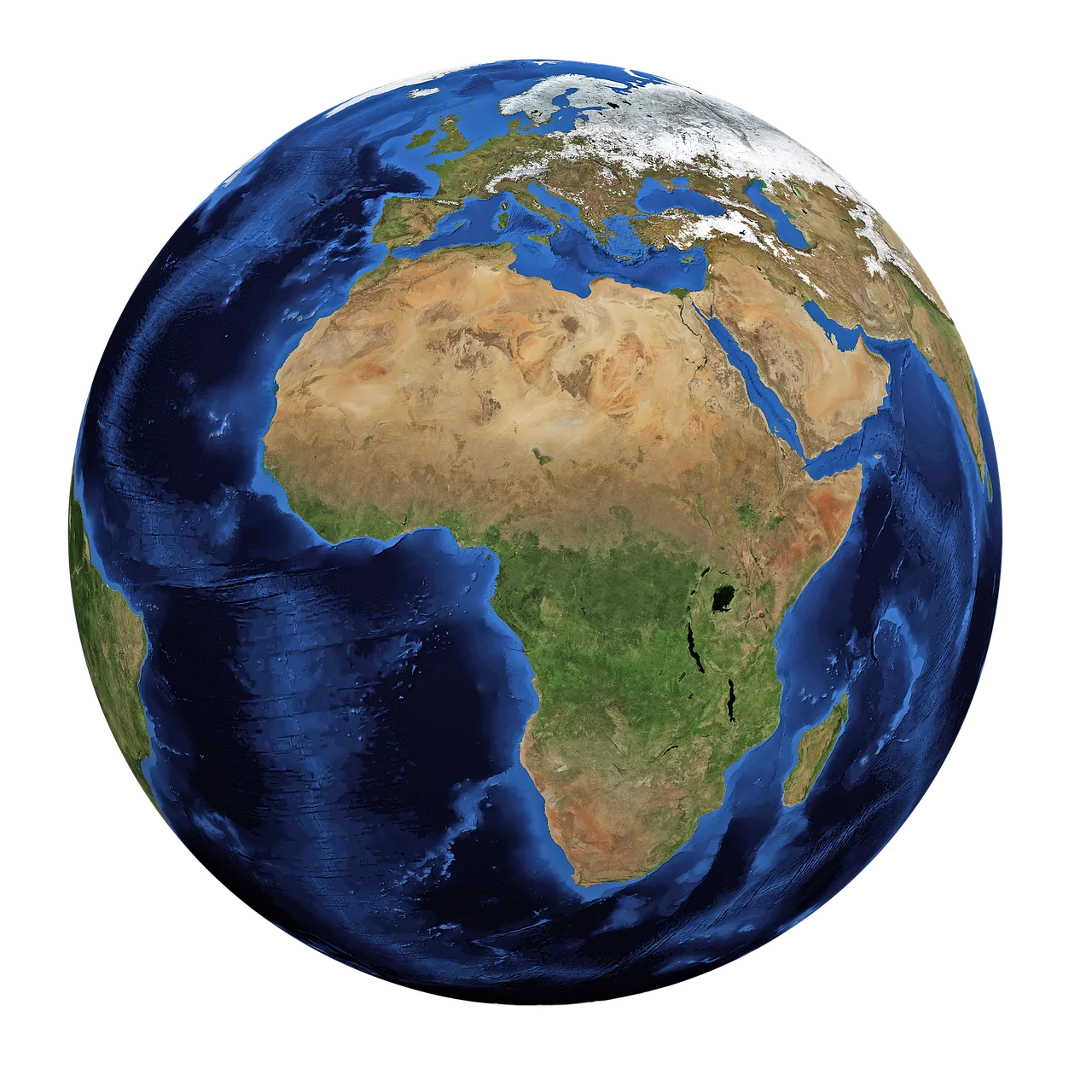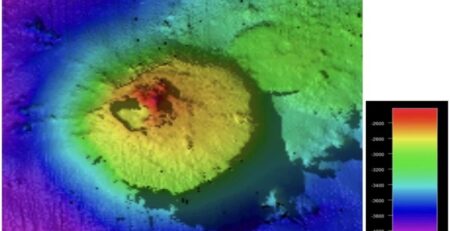Climate Change Is Shifting the Color of Earth’s Oceans
According to recent research, more than half of our seas have become greener in the last 20 years, a trend that natural fluctuation cannot entirely explain.
According to a recent study, climate change is most likely to blame for the major hue changes in more than half of the world’s seas during the last 20 years. The equatorial oceans have changed to a greener color, a trend that cannot be attributed to yearly fluctuation alone.

B. B. Cael, an ocean and climate scientist at the National Oceanography Center in England, tells Alexandra Witze of Nature News that “we are affecting the ecosystem in a way that we haven’t seen before.”
According to a statement from MIT, the composition of the ocean’s top layers affects the color of the water. Greener seas contain more phytoplankton, or marine algae that photosynthesize, whereas bluer oceans often have less life. The foundation of the marine food chain is made up of phytoplankton, which provides energy to zooplankton and fish, which in turn are consumed by bigger fish, seabirds, and marine mammals.
However, phytoplankton are essential for addressing the climate catastrophe as well. According to researchers, these algae’s photosynthesis accounts for a major portion of the oceans’ estimated 30 percent absorption of the carbon dioxide people emit.
According to Cael, different types of plankton reflect and absorb light in various ways, therefore, a change in ocean color indicates a change in the ecology. According to CNN’s Jack Guy, these modifications might impact the whole food chain and perhaps even the ocean’s capacity to store carbon.
Data from the Moderate Resolution Imaging Spectroradiometer (MODIS) on NASA’s Aqua satellite, which has been tracking ocean color for 21 years, was studied by Cael and his coworkers. According to the team’s analysis of observations from seven visible wavelengths, in 56 percent of the seas between 2002 and 2022, hue changes have occurred, mostly in the tropics and subtropics.
The researchers used a model developed by study co-author Stephanie Dutkiewicz in 2019 to predict how the Earth’s seas would react under two scenarios: one with extra greenhouse gases and one without. This allowed them to evaluate if the trend was due to climate change. According to an MIT statement, the outcomes of the greenhouse gas model were nearly perfectly in line with what the researchers discovered from actual data. After 20 years, almost half of the seas had substantial color changes.
Disclosure: This post may contain affiliate links, which means that DIVEMONDO may receive a small commission if you make a purchase using these links. As an Amazon Associate this website earn from qualifying purchases.













Leave a Reply